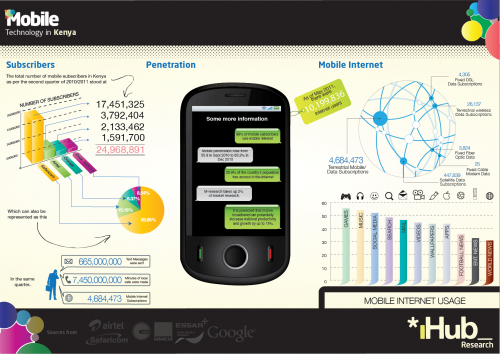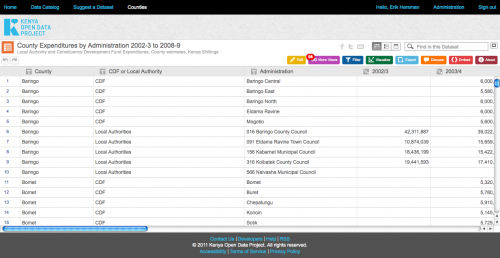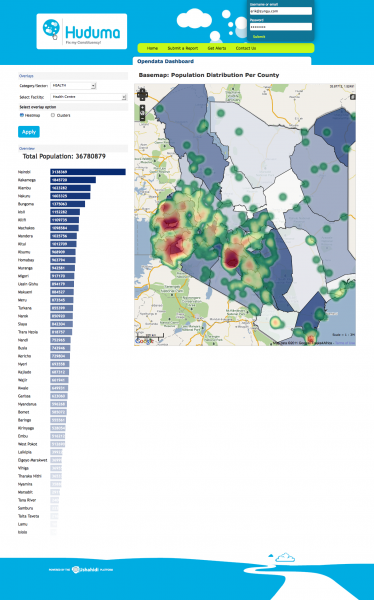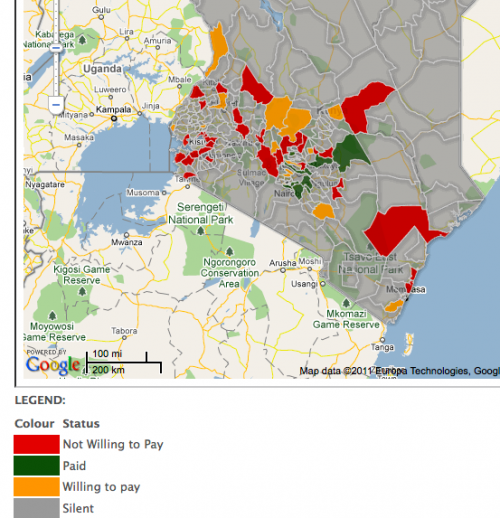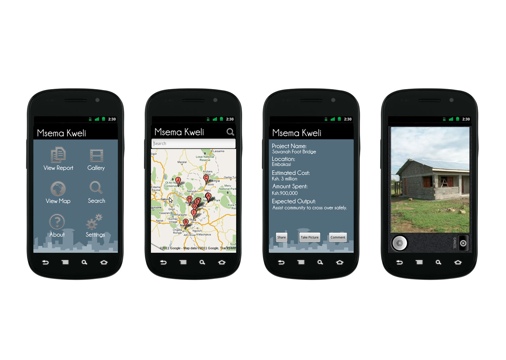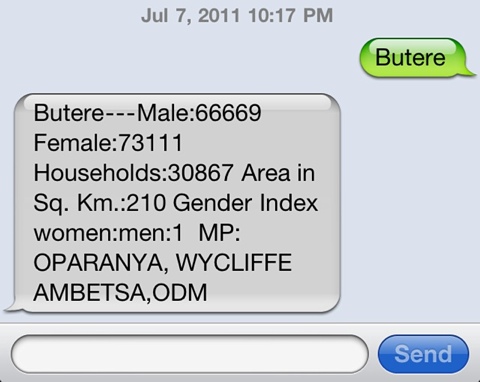“I disapprove of what you say, but I will defend to the death your right to say it.” – Voltaire
Robert Alai is blogging scum. Make no mistake. The quality of a person is not found in what they say, but in what they do, and Alai has proven time and time again that he is a bad actor.
 If you know Robert Alai’s history in the tech scene in Kenya, then you know why he has been banned from the iHub. There’s a reason why the Skunkworks community ejected him multiple times over many years. There’s a reason why Nokia banned him. There’s a reason why Google blacklisted him. He consistently libels individuals for personal gain, to draw traffic and monetize his sites. For him it’s about attention, any way that he can get it.
If you know Robert Alai’s history in the tech scene in Kenya, then you know why he has been banned from the iHub. There’s a reason why the Skunkworks community ejected him multiple times over many years. There’s a reason why Nokia banned him. There’s a reason why Google blacklisted him. He consistently libels individuals for personal gain, to draw traffic and monetize his sites. For him it’s about attention, any way that he can get it.
Yesterday, the newswire said that Robert Alai was wanted. Today’s news is that he has been arrested for tweeting about the Kenyan government’s official spokesman Alfred Mutua. (fuller backstory here)
A lot of Kenyan’s on Twitter are laughing at Alai’s current predicament, after all, it is fun to see someone of his particular uncouth makeup get their comeuppance. The problem is in how and why this is being done. While you laugh today at Alai, tomorrow they will come for you.
However…
This isn’t about Alai, he just happens to be playing the role of a jester, distracting us from the much greater story that is online and media censorship in Kenya. There were many of us who warned against the real danger in 2008 and 2009, this Kenyan Information and Communications Act that allowed for censorship based on fuzzy details and definitions, and how it could all be done at the behest of one man, with little oversight. While everyone wants to laugh and point fingers at Robert Alai, they won’t be laughing when this censorship gets applied to him.
This all stems from the Kenya Informations and Communications Act (PDF Version), which was amended after the post-election violence in 2009 in an effort to curb hate speech. It is a controversial amendment of the Kenya Communications Act, 1998 because it gives the state power to raid media houses and control the distribution of content.
Of course, the media houses only cared because of the fear of it applying to them. However, they’re already mostly muzzled due to in-house nepotism, links with political parties, and more importantly don’t want to upset the hand that feeds them: the millions that they get from corporations, the government and political parties who advertise with them.
It is for this very reason that bloggers are so important, why Twitter and Facebook matter. It’s through these channels that people can speak truth to power.
“SMS, blogs and websites were an essential source of information, opinions and images. Innovative ways of capturing news and events as they unfolded – for instance, by using mobile phone cameras and uploading images onto the internet – increased access to information during those critical months. The downside of this increased access to information, however, was the use of the same media to spread messages of ethnic hatred, intimidation and calls to violence.”
There in lies the issue, that the medium used for so much innovation, democratization of information, and empowering of ordinary people can also be used for misinformation.
Let’s look at the details
I am not a legal expert, so I am quite interested in hearing from someone who understands and knows the real definitions of the terms here.
“We summoned him on Thursday and we hope to see him probably and latest Tuesday (today). He has violated sections 26, 29 and 30 of the Act and we feel he should come and tell us more,†said Kamwende.
So, let’s take a look at this.
Section 26
Deleted, it doesn’t even exist in the law…
Section 29
29. A person who by means of a licensed telecommunication
system—
(a) sends a message or other matter that is grossly offensive or of an indecent, obscene or menacing character; or
(b) sends a message that he knows to be false for the purpose of causing annoyance, inconvenience or needless anxiety to another person commits an offence and shall be liable on conviction to a fine not exceeding fifty thousand shillings, or to imprisonment for a term not exceeding three months, or to both.
Section 30
30. A person engaged in the running of a licensed telecommunication system who, otherwise than in the course of his duty, intentionally modifies or interferes with the contents of a message sent by means of that system, commits an offence and shall be liable on conviction to a fine not exceeding three hundred thousand shillings, or to imprisonment for a term not exceeding three years, or to both.
Now, Section 26 doesn’t exist and Section 30 seems a stretch, because as far as I know Robert Alai doesn’t run, own or license any telcoms system. Instead, let’s focus on Section 29, which seems to be more relevant.
Alai is likely being held for Section 29(b). He’s well known for libel and defamation, and someone is finally penalizing him to the full extent of the law. People need to be held to account for what they say, freedom of speech comes with responsibility. This fine line is where and why the law actually matters. It’s about what the law is, who defines it and how it is followed through on.
The real issue 4 years ago, and why this act was opposed by many, is that the act contained controversial provisions that sought to allow security agencies to seize property without due process, arrest and indefinitely detain suspects.
What the question should be for all of us with Robert Alai, is whether that is being tested on him. Was/is there due process? Who decides which media company gets raided? Who gets to say which blogger gets arrested, or which person on Twitter said the wrong thing?

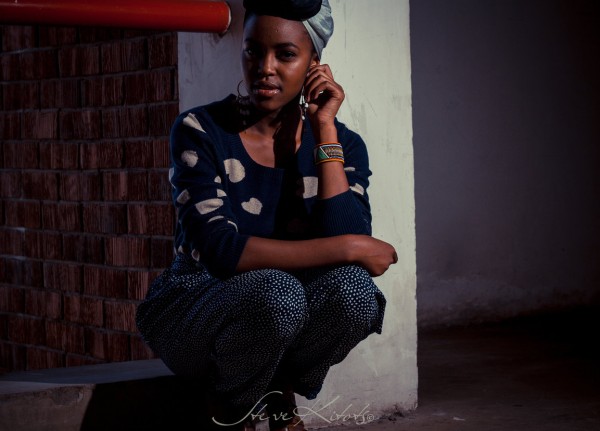
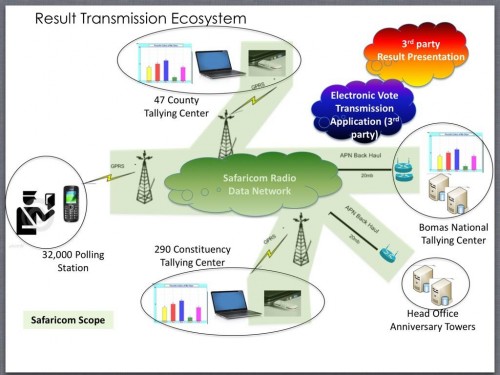
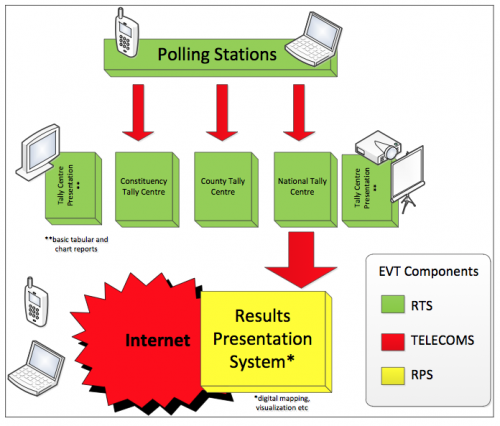
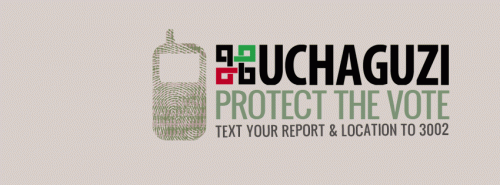

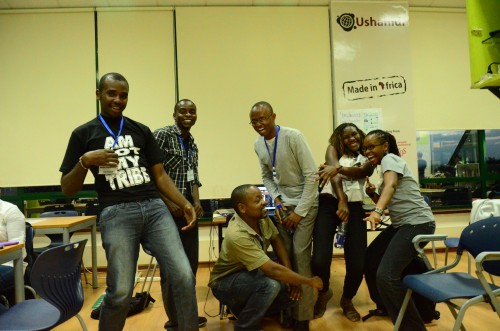
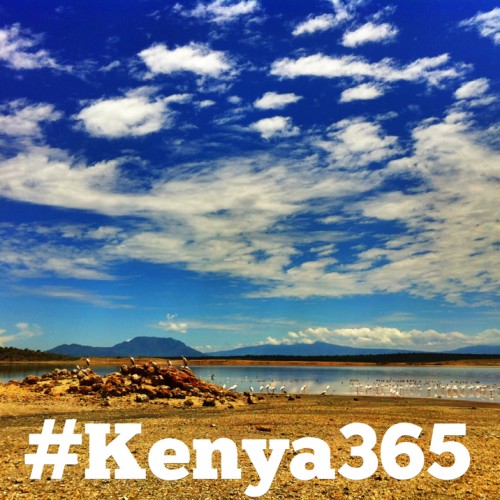
 If you know Robert Alai’s history in the tech scene in Kenya, then you know why he has been banned from the iHub. There’s a reason why the Skunkworks community ejected him multiple times over many years. There’s a reason why Nokia banned him. There’s a reason why Google blacklisted him. He consistently
If you know Robert Alai’s history in the tech scene in Kenya, then you know why he has been banned from the iHub. There’s a reason why the Skunkworks community ejected him multiple times over many years. There’s a reason why Nokia banned him. There’s a reason why Google blacklisted him. He consistently 